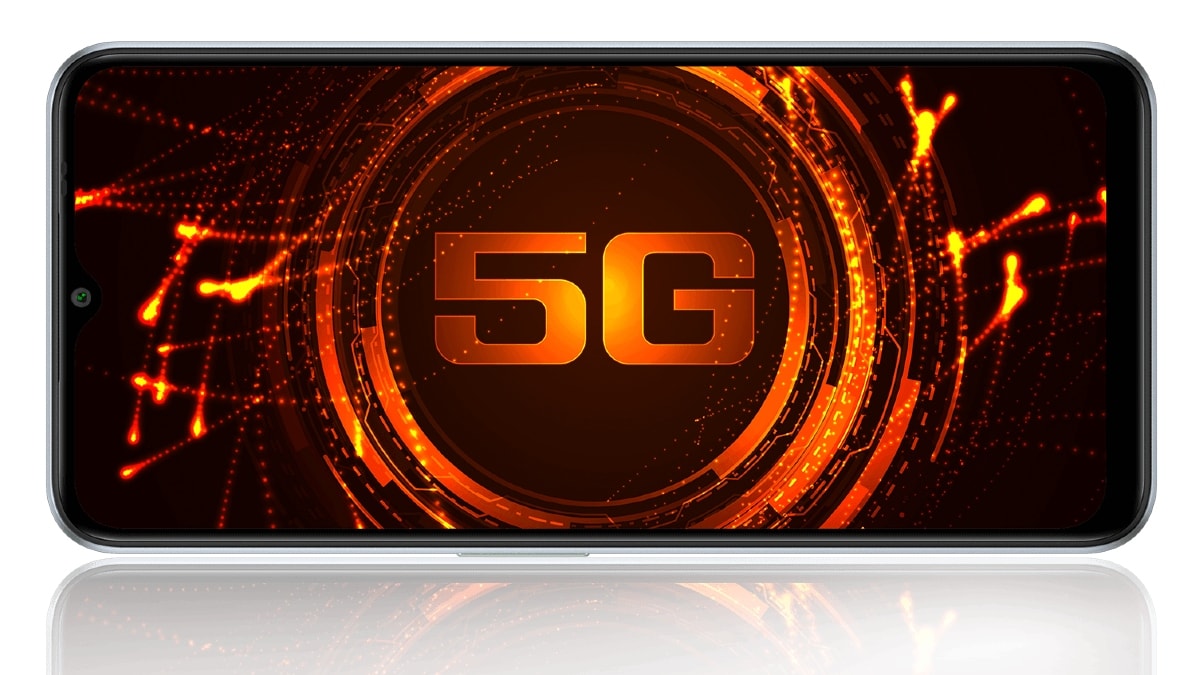Lava Blaze 5G was launched in India on Monday as the latest budget-friendly 5G offering by domestic smartphone maker Lava International. The smartphone comes in two different colour options and is powered by a MediaTek Dimensity 700 SoC. It includes an AI-backed triple rear camera unit led by a 50-megapixel main sensor and has a waterdrop-style notch display. The Lava Blaze 5G packs a 5,000mAh battery and offers 4GB of RAM and 128GB of storage. The inbuilt RAM can be virtually expanded up to a further 3GB using the additional unused storage.
Lava Blaze 5G price in India
The price of Lava Blaze 5G has been set at Rs. 9,999 for the lone 4GB RAM + 128GB storage model. This is a special introductory price and there is no word on how long the introductory period will last. It is offered in Glass Blue and Glass Green colour options. The phone will go on sale via Amazon. Details regarding the sale date of Lava Blaze 5G are yet to be announced.
The Lava Blaze 5G was initially showcased by Minister of Communications and Electronics and Information Technology, Ashwini Vaishnav during the India Mobile Congress 2022 (IMC) held in October.
Lava Blaze 5G specifications
The dual SIM (nano) Lava Blaze 5G runs on Android 12 and features a 6.51-inch HD+ IPS (720×1,600) display with 90Hz refresh rate. The display has 269ppi pixel density and Widevine L1 support. As mentioned, it is powered by a 7nm MediaTek Dimensity 700 SoC, paired with 4GB of RAM and 128GB of inbuilt storage. The available RAM can be virtually expanded up to 7GB by utilising free storage.
For optics, the Lava Blaze 5G carries an AI-backed triple rear camera unit headlined by a 50-megapixel primary sensor with support for electronic image stabilisation (EIS). For selfies, there is an 8-megapixel sensor at the front. Both rear and front cameras support different professional photography and videography modes such as AI, beauty, filters, GIF, HDR, macro, motion, night, panorama, portrait, slow motion timelapse, and UHD, among others. It comes with 128GB of UFS 2.2 onboard storage that can be expanded up to 256GB via a microSD card.
Connectivity options on Lava Blaze 5G include 5G, Bluetooth V5.1, GLONASS, 3.5mm audio jack, Wi-Fi 802.11 b/g/n/ac, GPRS, and a USB Type-C port. Sensors onboard include an accelerometer, ambient light, gyroscope, magnetometer, and proximity. Further, it has a side-mounted fingerprint sensor and the handset supports face unlock feature for authentication.
Lava has provided a 5,000mAh battery on the new Lava Blaze 5G. The battery is claimed to deliver up to 50 hours of talk time and a standby time of up to 25 days on a single charge.
Check out our Latest News and Follow us at Facebook
Original Source

